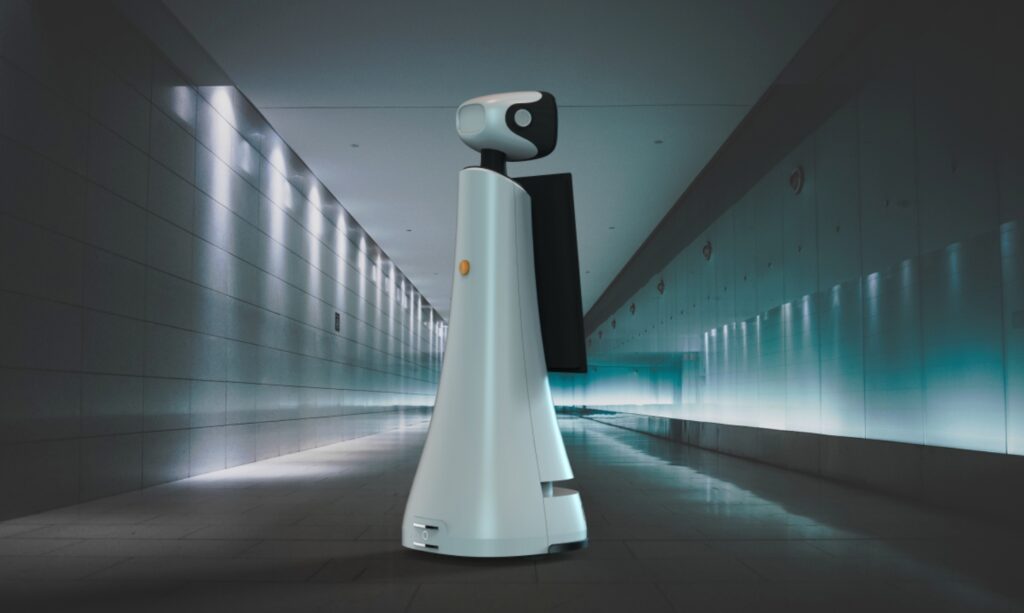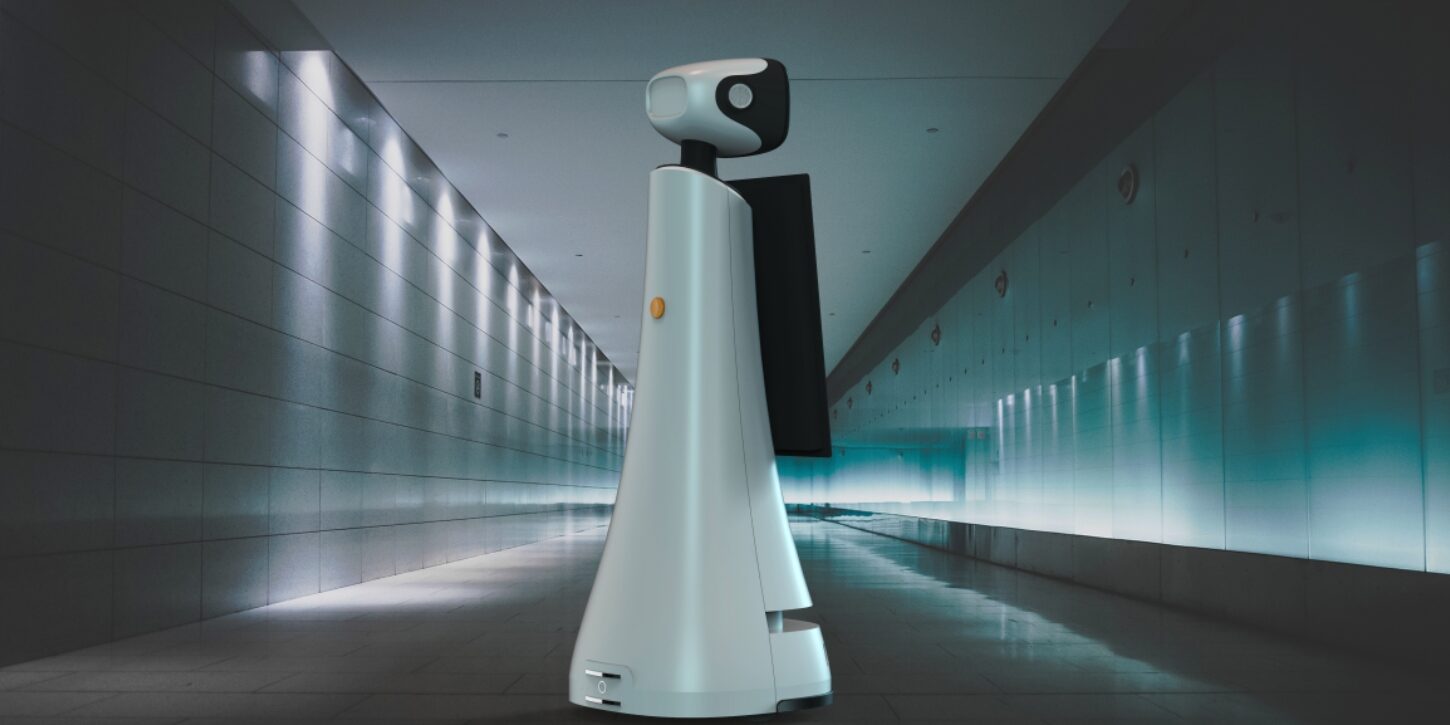Service robots have begun transforming the experience of government hall visitors by providing efficient, intelligent solutions. By integrating professional knowledge bases and service systems, these robots can assist visitors with a wide range of services. The introduction of service robots into government halls has been a game-changer, making public services more accessible, efficient, and user-friendly. In this article, we will discuss the key tasks performed by government hall service robots and how they are revolutionizing the way citizens access public services.

1. Intelligent Guidance and Voice Interaction
One of the primary tasks of government hall service robots is to provide intelligent guidance and voice interaction services. These robots use advanced voice recognition technology to answer visitors’ questions regarding the location of service windows, the procedures for handling various tasks, required document lists, and general information about the hall. This functionality makes it easier for visitors to navigate the hall and complete their tasks efficiently.
For example, when a visitor inquires about a particular process, the robot can quickly provide a detailed response and guide them to the appropriate service window. This real-time, accurate information helps reduce waiting times and improves the overall efficiency of the hall.
2. Automated Navigation and Smart Explanation
Government hall service robots are equipped with automated navigation capabilities that allow them to move autonomously around the hall. They follow pre-set routes and schedules, accurately locating and guiding visitors to their desired service points or convenience areas.
These robots can move freely, avoiding obstacles and providing guidance throughout the hall. Whether it’s leading visitors to a specific service window or directing them to an information kiosk, these robots ensure that visitors have a smooth and seamless experience.
3. Public Interaction and Queue Assistance
Another important function of service robots in government halls is public interaction and queue assistance. These robots can address a large volume of common queries through voice responses and touchscreen interactions. They provide clear and concise information, ensuring that visitors receive accurate guidance in a single interaction.
Additionally, the robots assist visitors with obtaining queue tickets and managing their place in line. This automated system streamlines the process, reducing wait times and enhancing service efficiency.

4. Information Dissemination and Wayfinding
Service robots are also instrumental in providing information and directions to visitors. They offer services such as business consultations, guidance on how to complete tasks, assistance with queue management, and information on nearby facilities. By handling a wide range of inquiries, the robots ensure that visitors can easily access the services they need without confusion.
Moreover, the robots are capable of sharing promotional materials and explaining new policies to visitors, making them a valuable tool for government outreach efforts. They help citizens stay informed while providing an engaging, interactive experience.
5. Data Collection and Service Optimization
Service robots in government halls play a crucial role in collecting data to improve service delivery. During their interactions with visitors, robots gather feedback, suggestions, and complaints, which are then compiled into reports. These records are analyzed through big data platforms, enabling the continuous optimization of the robot’s functions and knowledge base.
This feedback loop ensures that the robots become increasingly effective over time, providing higher quality services and improving the overall experience for visitors.
6. 24/7 Service Availability
Service robots are typically available around the clock, offering immediate assistance to visitors at any time of day. They provide consistent services such as consultations, guidance, queue management, and even casual interactions with visitors waiting in line. By chatting with visitors, the robots can share helpful information and explain special offers or policies, creating a more personalized and engaging experience.
This 24/7 availability ensures that visitors receive timely support, while also reducing the workload for human staff and making government services more accessible.
Conclusion
The role of service robots in government halls is multifaceted and offers significant advantages. From intelligent guidance and automated navigation to public interaction and data collection, these robots are streamlining government services and improving the visitor experience. By reducing wait times, providing personalized services, and enhancing overall efficiency, service robots are transforming the way government services are delivered.
If you’re ready to integrate service robots into your government hall or organization, CPJ ROBOT is here to help. As a leading manufacturer specializing in delivery robots, navigation robots, hotel robots, and service robots, CPJ ROBOT offers customizable OEM & ODM solutions with multi-functional and multilingual capabilities. Contact us today to learn more about how we can tailor our robots to meet your specific needs.






